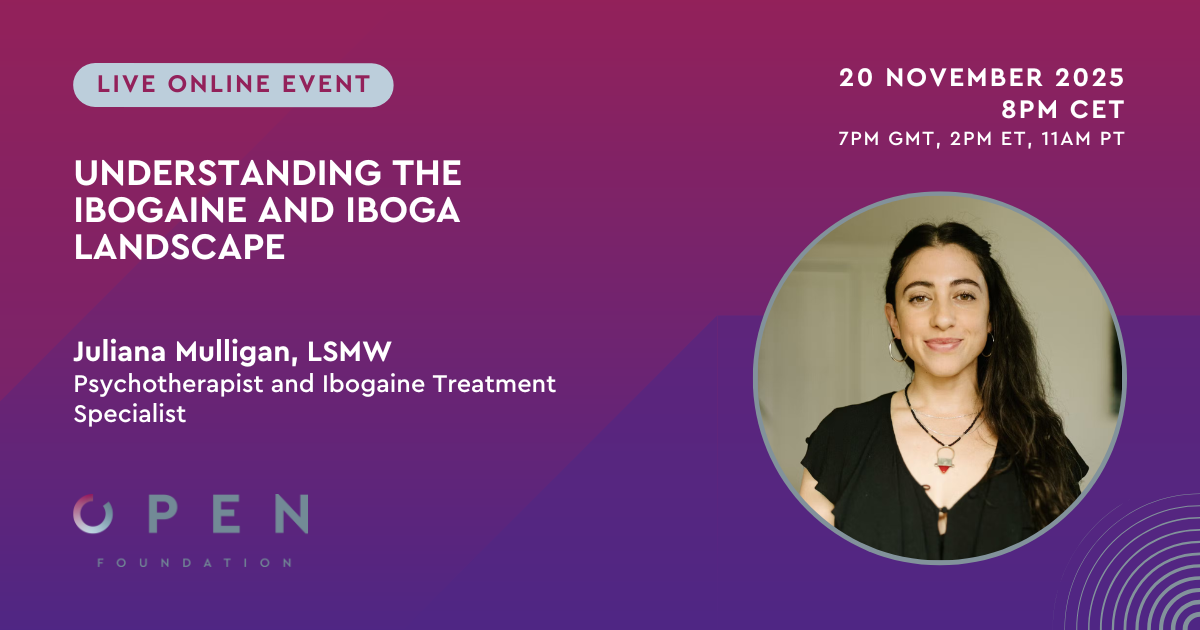[fusion_builder_container hundred_percent=”yes” overflow=”visible”][fusion_builder_row][fusion_builder_column type=”1_1″ background_position=”left top” background_color=”” border_size=”” border_color=”” border_style=”solid” spacing=”yes” background_image=”” background_repeat=”no-repeat” padding=”” margin_top=”0px” margin_bottom=”0px” class=”” id=”” animation_type=”” animation_speed=”0.3″ animation_direction=”left” hide_on_mobile=”no” center_content=”no” min_height=”none”][fusion_vimeo id=”24955026″]
From psychology to pharmacology and back: in this lecture, we discuss both subjectively and ’objectively’ what it means to be tripping. Two prominent scientists offer an overview of the actual research regarding psychedelics, clinical health care trials and neural mechanisms.
Are psychedelics of any use? And what are the risks? What are the possibilities? What do we know about the effects of psychedelics on the brain? To what degree can techniques such as fMRI, PET and neuroimaging contribute to psychedelic research? And what does this tell us about research regarding our consciousness? These and other interesting questions will be discussed in our series of lectures “(How) do psychedelics work?”
(This lecture is in Dutch)
[/fusion_builder_column][/fusion_builder_row][/fusion_builder_container]











